Laser Therapy
A Unique Combined Approach to Relieving your PAIN!
Active Back to Health offers Laser Therapy in the Chinook Professional Building. We specialize in providing pain relief from a number of conditions ranging from acute sports injuries to chronic degenerative arthritic conditions.
Most musculoskeletal problems will have an underlying causative factor whether it be structural, occupational, functional, postural or injury related. Our experience plus research has shown that the most effective method of treating these painful conditions is with a combined approach. Many times the site of the pain and the source of the pain are not the same and treating the site of pain with laser will only produce temporary symptomatic relief.
We use the new Theralase 2000 technology which has a patented cell sensing technology which will measure tissue depth and density to determine the correct dosage to heal the target tissue. Effective laser therapy is dose dependent – too little dose and you will not reach the target tissue and too strong a dose may have an inhibitory effect. Laser is a painless, non-invasive and natural method of healing.
Your treatment will begin with one of our doctors assessing your condition to determine the underlying cause of your pain. They will then develop a customized treatment program which will address the underlying cause but also focus on healing of the painful tissues at a cellular level using the Theralase laser system.
Call Us Today
How Theralase Works
Cold Laser for healing and pain relief
There is substantial clinical evidence published in peer reviewed medical journals that laser therapy (LLLT) can stimulate repair of tissue, reduce inflammation and relieve pain in musculoskeletal disorders.
Laser Therapy is most effective when treating:
- Soft Tissue Injuries
- Joint conditions
- Back and Neck Pain
Much of the safety and effectiveness of cold laser therapy lies in its ability to trigger the body to heal itself. Penetrating into targeted tissue, laser light stimulates mitochondria in target cells to produce additional ATP, which fuels cell repair and regeneration. The laser simply jumpstarts the healing process and since the laser used operates within a specific wavelength range that is non thermal (the “therapeutic window”), there is no risk of tissue damage or other complications.
A wide variety of studies on the safety and effectiveness of cold laser therapy have been conducted by medical professionals from across the globe. Theralase also regularly conducts research and clinical trials to support the use of and discover new applications for laser technology.
Treatable Conditions
- Theralase therapeutic laser treatments provide patients with a safe, effective and painless therapy that uses the body's own natural healing systems to relieve pain, increase joint mobility, increase tissue integrity and promote cell regeneration.
- Theralase lasers offer treatment for acute and chronic pain conditions. Our lasers help you regain the active and healthy lifestyle you yearn for by utilizing the power of light energy.
- Over 3,000 clinical studies worldwide have proven the success of therapeutic lasers in the healing of neural muscular-skeletal conditions. Theralase has performed a blinded randomized control study on chronic knee pain proving the clinical efficacy of Theralase therapeutic laser technology and achieving FDA 510(k) approval for chronic knee pain.
- Laser will help virtually any inflammatory or degenerative joint or musculo-skeletal condition. This includes: Tendinitis/strains, Arthritis, Tennis/Golfers elbow, Intercostal pain, Hip pain, Knee pain, Ankle sprain, Plantar Fasciitis, Whiplash, Achilles Tendinitis, Sciatica, Carpal Tunnel, Low Back Pain, Rotator Cuff, Shoulder pain, Neck pain/arthritis, Migraine Headaches, etc.
Cellular Pathway Activation
Theralase utilizes dual wavelength super pulsing technology (660 nm visible red laser diodes and 905 nm super-pulsed near infrared laser diodes) to be the only laser known to activate all three known cellular pathways simultaneously. Light from laser penetrates into tissue, where light energy is converted into chemical or physical energy.
Deeper Dive
Cells that lack energy are unable to participate in the healing process. Light energy is delivered to injured cells which in turn absorbs the light and converts it into food energy and uses it to replenish themselves. Once cells are fully recharged they are able to replicate and divide, and build upon one another to heal the injured area. Theralase stimulates the mitochondria of the cell to produce more ATP (energy) thus repairing damaged tissue through the phosphorylation of glucose to ATP via the Kreb’s Cycle and Electron Transport Chain.
Photons with wavelengths between 630nm – 670nm increase the speed at which the mitochondria can absorb glucose and convert it into ATP. Theralase uses 660 nm visible red laser light, which is at the peak excitation of cytochrome C oxidase (a critical cytochrome in the Electron Transport Chain used in the phosphorylation of glucose into ATP).
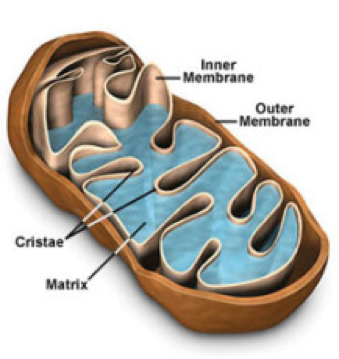
Adenosine Triphosphate (ATP) Pathway
Accelerates Healing
630 to 670 nm – Visible Red Light peaking at 660 nm
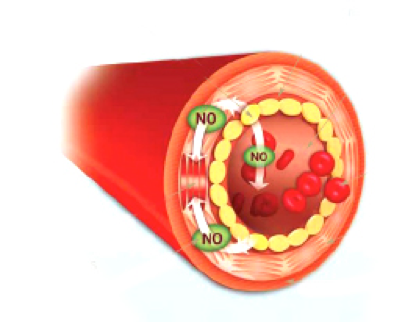
Nitric Oxide (NO) Pathway
Decreases Inflammation
Activated By 905 nm, Near Infrared Red Light
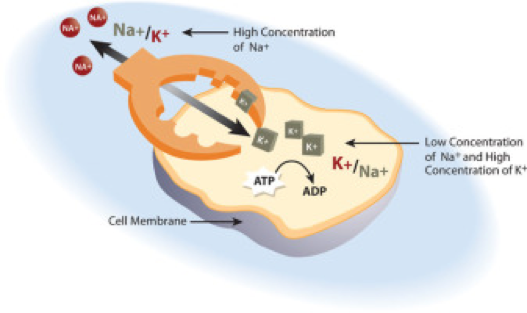
Lipid Absorption Pathway
Removes Pain
Peak Activation By 905 nm, Near Infrared Red Light
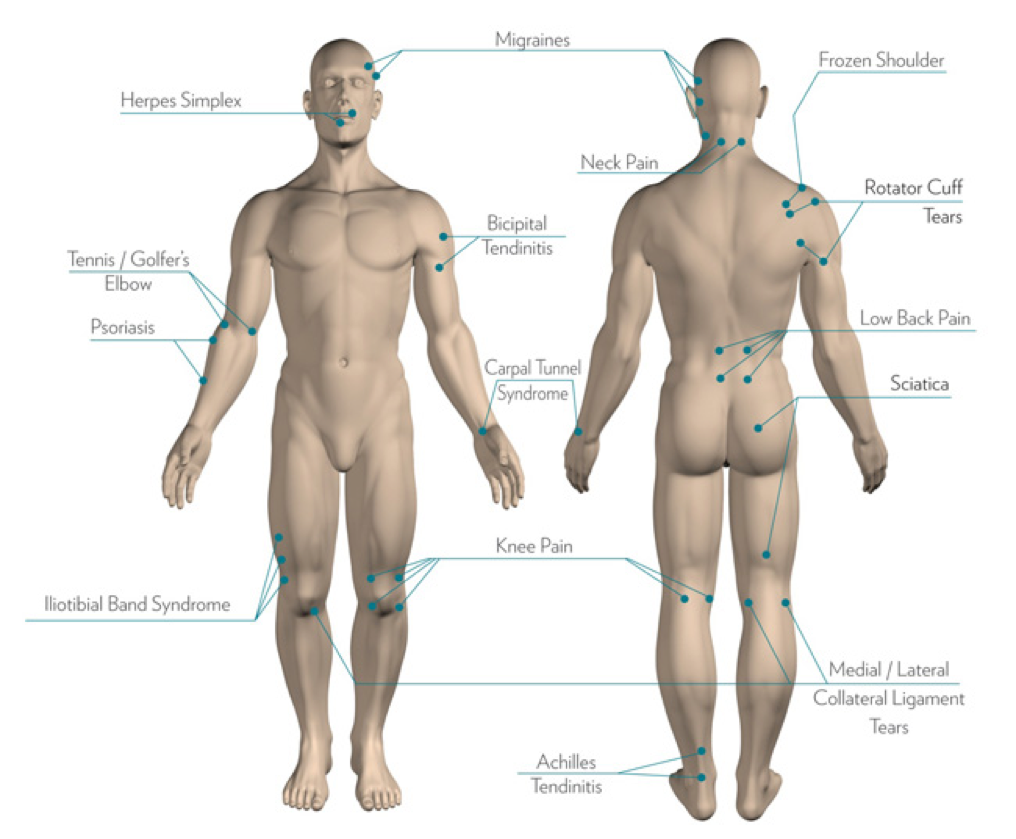
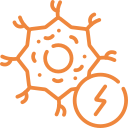
Anti-Inflammation
Low Level Laser Therapy (LLLT) has an anti-oedemic effect, as it causes vasodilation, but also because it activates the lymphatic drainage system to drain interstitial fluid (drains swollen areas).
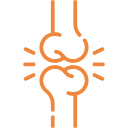
Anti-Pain (Analgesic)
As a result of reduced inflammation, there is less oedema and therefore less pain. LLLT stimulates vasodilation and lymphatic drainage, which increases the reabsorption of pain-causing products. LLLT delivers 905 nm super-pulsed infrared wavelength light, which is absorbed by the bi-lipid layer comprising the cellular membrane and thus regulates the nerve cell's sodium-potassium pump. This pump maintains the potential across the membrane of a nerve cell, which leads to pain transmission signals. By regulating the pump, transmission of pain signals from the area can be eliminated.
Who Performs Treatment?
Certified Laser Technologists are able to treat patients with low-level laser therapy.
Is It Covered By Insurance?
Since the service is delivered by our chiropractors, laser therapy is billed under massage therapy or chiropractic.
Effective and Affordable
At Active Back to Health, our laser therapy is not only effective but also affordable.
- First Visit - Exam & Laser $130
- One Area $65
Treatments may include a combination of joint mobilization, massage and
soft tissue work, education, exercise therapy plus Laser Therapy..
Typical Treatment Recommendations
Acute Conditions (less than 8 weeks duration) can usually be successfully treated in 5-7 visits over a 2 week period
Subacute Conditions (8-12 weeks duration) will usually take 10-12 visits over 4 weeks
Chronic Conditions (longer than 12 weeks duration) can take 14-20 visits over 6+ weeks
*We direct bill a number of insurance companies. Most of our health services are covered in whole or part by extended health insurance plans.
We would love to meet you.
Laser Therapy Frequently Asked Questions (FAQ)
At Active Back to Health in Calgary, our laser therapy can effectively treat various conditions including chronic pain, arthritis, tendonitis, sprains and strains, and wound healing. It’s a versatile treatment option for many Calgary residents dealing with persistent pain or injuries.
Laser therapy at our Calgary clinic is generally painless. Most patients report feeling a warm, soothing sensation during treatment. Our trained professionals ensure your comfort throughout the procedure.
The number of sessions needed varies depending on your condition and its severity. Typically, Calgary patients may require 6-12 sessions for optimal results. Our team at Active Back to Health will create a personalized treatment plan for you.
Laser therapy is generally safe with minimal side effects. Some Calgary patients might experience temporary redness or mild swelling at the treatment site, but these usually subside quickly. Our experienced staff will discuss any potential risks with you before treatment.
Most laser therapy sessions at our Calgary wellness centre last between 5 to 20 minutes, depending on the area being treated and the condition’s severity. We strive to provide efficient yet effective treatments for our busy Calgary clients.
Coverage for laser therapy falls under Chiropractic care. Alberta Health Care doesn’t directly cover chiropractic services. However, many extended health insurance plans in Calgary do cover chiropractic care. We recommend checking with your insurance provider about your specific coverage.
Yes, laser therapy at Active Back to Health in Calgary can be effectively combined with other treatments like chiropractic care, physiotherapy, acupuncture or massage therapy. Our integrated approach allows us to create comprehensive treatment plans for Calgary residents.
